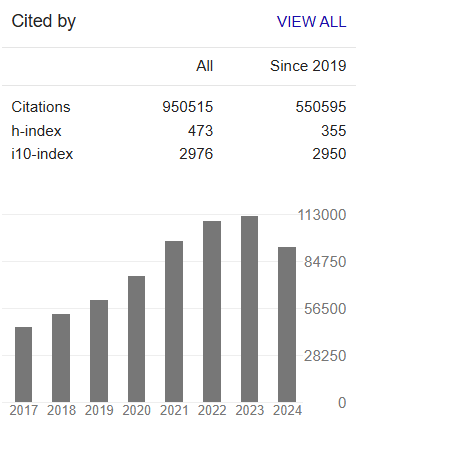Identification of Potential Eco-tourism Site Suitability Using AHP and GIS, A Case of Hugumburda Forest and its Surrounding Areas, Ethiopia
Abstract
Demeke Asmamaw and Eskinder Gidey
The main objective of the study is to identify the potential ecotourism sites in Hugumburda forest reserve area, Tigray, Ethiopia by using Geographic information system (GIS) and AHP. This work was assessed the potential suitable areas for ecotourism based on land use land cover, soil, slope, elevation, scenic attractiveness, rainfall and temperature. These factors were selected according to the professional expert’s opinions. First, a resource inventory and a list of ecotourism criteria were developed using the AHP method on IDRSI. At the next stage GIS techniques were used to measure the ranking of different sites according to the set criteria and thus identify those with the “bestâ?? potential. Subsequently, the ecotourism potential suitability map for ecotourism was created, based on the linear combination of the criteria and factors with their respective weights. The degree of suitability of each factor was classified as highly suitable, moderately suitable, less suitable and not suitable for ecotourism. The result showed highly suitable for ecotourism potential area accounts for 18.92% (9513.65 ha), moderately suitable accounts 17.65% (8871.82ha), less potential areas 25.54% (12841.20 ha) and 37.88% (19044.35 ha) no potential area in and around the Hugumburda forest area. In general, the study was attempted to identify the ecotourism suitability of the study area.



